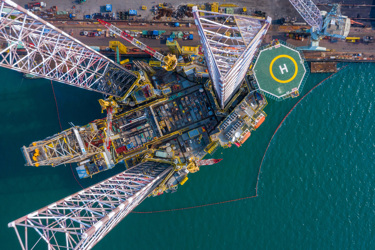Managing High-Temperature Electronics Environments Down To The Component Level

As complex electronic systems become more prevalent in our daily lives, the demand for high-temperature, high-reliability components continues to increase. Standard electronic components have an operating temperature of -55 °C to 125 °C, but the number of applications requiring functionality above 125 °C is growing. Components in these applications, like capacitors, must maintain their functionality and take the heat (literally and figuratively) while powered. To meet the brief, material and design of these high-temperature components must deviate from today’s standard.
Initially, applications like down-hole oil and gas drilling were better known for having high-temperature component needs. Down-hole operations require drilling several kilometers into the earth’s surface with working conditions exceeding 200 °C. The deeper the drilling operation, the more resilient components need to be. If components can’t reliably perform under high temperatures, it’s very difficult to repair or replace a failed component when operations are in progress deep underground. This kind of interruption could cause work to halt, leading to significant financial loss.
Get unlimited access to:
Enter your credentials below to log in. Not yet a member of RF Globalnet? Subscribe today.
